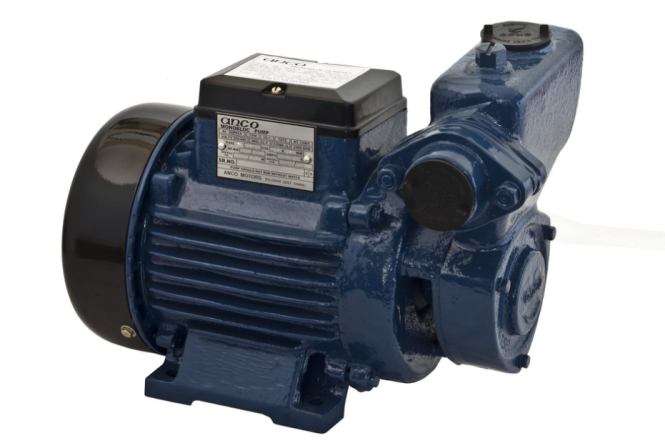
Ages ago, a water pump was not considered an important part of a rainwater harvesting system. Back then, rain collected was stored in barrels, which were only opened when it was time to do gardening and other outdoor work that never really required crystal clear water.
Today, water pumps are considered must-haves when it comes to building a rainwater harvesting system, following the evolution of some other components of rainwater harvesting systems in ways that make it possible for a properly-built system to purify rainwater—remember that the rainwater that falls on the roofs of houses seems clean but it actually isn’t. Each drop can pick up a vast number of impurities in the atmosphere as it falls.
With a water pump, clean rainwater can be distributed to other parts of your home or property.
But not every pump in the market is alike. Get one that does not suit your needs and expect to encounter problems like low water pressure.
So how do you ensure that you get the right pump for your system?
Getting the right pump simply means gaining knowledge on the following specifications or features.
Suction Pressure
The specification known as suction pressure is often marked clearly on water pumps. Often, its unit of measurement is in metres.
What exactly is suction pressure?
The pump inlet, where water enters from the tank, is what’s considered the pump suction area. Suction presure is the amount of water the pump is able to suck in through the inlet. Numerous pumps in the market indicate suction lift, which is represented in metres. It is a representation of how far down the pump is able to lift up water from into itself.
How important is suction pressure?
The importance of suction pressure to the rainwater harvesting system in your property depends on the location of the pump in respect to the tank. Every pump must be capable of taking in water. Without this capability, it is unable to pump water. So when must you give suction pressure some attention?
If an underground big water tank is what you have in your property, you may have a pump to go along with it, or a more maintainable and accessible pump may be placed on the surface that’s above the tank. If tank base is located five metres below the pump, a pump that has an eight-metre suction lift can easily suck water from tank before pumping it to areas where water is needed.
Your property might also be located on a steep slope. In this case, your pump is better off positioned in a spot that is higher than the tank. Being attentive to how much suction a pump has is an important factor worth considering.
In several cases, pumps are set up next to tanks. In such cases, you can simply weigh other points such as the number of taps that need to be connected to the pump and how much pressure is required from the pump.
Water Flow Rate
Flow rate is another feature to check. Flow rate from either shower head or tap is influenced by aerators, water saving heads, and piping. However, it’s important that the pump be capable of generating flow. The unit of flow is litres per minute.
In general, the more water a pump can push through pipes, the higher the number of taps which can be serviced.
Other things that influence flow rates are elevation, pipework, and access points.
This is where both “rated” and “maximum” flow rates can help in understanding if a pump is good enough for your needs.
Maximum Flow Rate
Maximum flow is representative of how many litres a pump can immediately pressure from itself without having to go through pipework. In other words, this is the volume of water that can be directly pushed out the pump.
Rated and Normal Flow Rates
Simply put, rated flow is defined as the normal operating condition the pump is built for. Another term, normal flow, often is less than rated flow. Normal flow represents conditions your pump is supposed to operate much of the time.
In case you find a pump which lists both, pay more attention to normal flow.
Head
Head is another specification or feature of a pump. It is a term that refers to how much pressure the pump is capable of handling vertically. This is something to know about since it’s most likely that the source of your water and your pump are lower than their access points on the property. Intuitively, a pump which exerts additional pressure must be capable of pumping water higher, and hence must have higher head.
Total head is another term that you might have heard about. This term stems from the fact that the height that a pump is able to pressurise water to also is affected by how filled with water the tank is. Pumps can pressure water higher with a fuller tank.
Rated and Maximum Head
Rated and maximum head are a couple of different values. To understand what both mean, one example to take a look at is a pump with a 35-metre maximum head. This indicates that a pump is able to pressurize water to that particular height under ideal setup conditions.
Maximum head, therefore, is defined as the maximum height a pump can operate before it’s no longer able to pump water. The thing is, it represents ideal setup conditions. There are so many bends in your house’s plumbing, and all of these have an effect on maximum head pressure.
At this point, it becomes important that rated head be observed as well. Rated head is the best height the pump can operate.



Leave A Comment